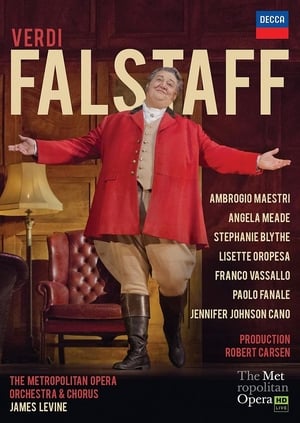
But we have the opportunity now to welcome in everyone who has reached out to us in this time and think about creative ways to keep engaged.” A TREASURE TROVE OF ARCHIVAL CONTENT “What we want more than anything, and I think our audience wants more than anything, is that we return to performing on our stage, hopefully as quickly as we can. It’s changed the game in some sense for us,” says Mia Bongiovanni, Assistant General Manager of Media at the Metropolitan Opera. It has completely expanded our audience in such wonderful and exciting ways. “The combination of the arts and technology is pretty powerful. For the Met, rising to the challenge of the past year has meant using video to unlock new ways to engage fans, monetize content, and grow its audience, even with its entire performance season cancelled. So what happens when that connection is broken? Can it be made in other ways?Īnswering those questions takes creativity, which, fortunately, performing arts organizations have an abundance of. An audience’s enthusiasm pushes performers to new heights, which only intensifies the audience’s reaction. “We want to augment it.There's a special connection between performers and their audience, an almost electric energy that flows between them. “We don’t want to replace the movie theater experience at this point,” he said. He said the company had no plans to phase out the movie theater broadcasts, which have sold nearly 30 million tickets and are now available in about 2,000 cinemas in 50 countries. The new streaming service poses the possibility of cannibalizing some of those sales, though Gelb said using technology to limit its geographic reach would help mitigate that risk. The Met’s movie theater program began in 2006 and before the pandemic generated about $18 million in net profit for the Met each year.


The San Francisco Opera last year began broadcasting some performances live for $27.50.

The Met is one of many cultural institutions experimenting with livestreaming, which became a popular way of staying connected with audiences during the pandemic, when in-person performances were curtailed. Depending on the location, each opera will cost $10 or $20 to stream viewers can watch the operas an unlimited number of times during a seven-day window. It will also be accessible nationwide in another 170 countries and territories where the Met does not offer live transmissions.

The service will be available in the United States and Canada to customers who live at a distance from movie theaters that broadcast the Met’s “Live in HD” series of operas each season the exact distance will vary depending on the market.


 0 kommentar(er)
0 kommentar(er)
